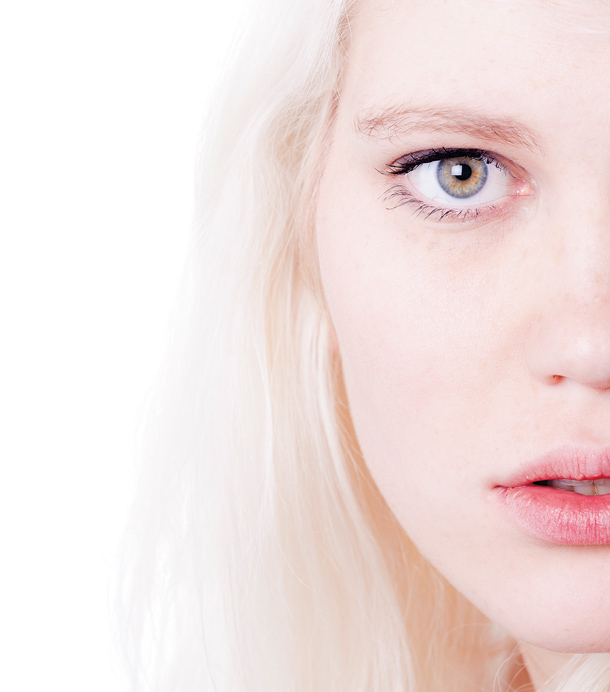Tip 1: Aperture Priority mode
- 50mm f/1.4 and 85mm f/1.2 lenses enable you to choose very large apertures for a shallow depth of field. This can help you create those creamy-smooth, out of focus backgrounds that give portraits a professional quality.
 Tip 2: High-key portraits
Tip 2: High-key portraits
- Over-expose a photo to create a ‘high-key’ effect results in a light and delicate look that can enhance feminine portraits and pictures of children.
 Tip 3: HDR landscape photos
Tip 3: HDR landscape photos
- HDR photography essentially involves taking a number of photos at different exposures and then blending the best bits of each exposure into a single image.
 Tip 4: Black and white landscapes
Tip 4: Black and white landscapes
- If you want to take great black and white landscape photos, shoot in colour. By using your digital camera’s raw picture quality setting rather than JPEG, you’ll record a colour image that you can convert to black and white later in photo editing software such as Lightroom or Photoshop.

Tip 5: Manual focus
- Switch off autofocus when you’re taking macro photos. Depth of field (DOF) can be measured in millimetres when you’re shooting close-up details, so accurate focusing is critical.

Tip 6: Candids

Tip 7: Focus on the eyes
- While eye contact is not always desirable in a portrait, sharp eyes certainly are. Manually select an AF point that’s positioned over one of your model’s eyes, or use the central focus point to lock focus on their eye.

Tip 8: Posing group portraits
- When you’re arranging a group portrait, the first thing you’ll probably consider is height, putting taller people at the back and shorter people at the front.

Tip 9: Panning
- Panning is a technique where you move the camera and lens to follow a moving subject

Tip 10: Using forced perspective
- Force yourself to finding a camera angle that enables you to bring two unrelated and often quite distant objects into the same world.Think of a fountain in the background appearing to spring from a bottle in the foreground, or someone ‘leaning’ against an iconic landmark, such as Big Ben.


 5-28-09. Lunch at Pamela’s Diner, Pittsburgh. 12 second pinhole exposure.
5-28-09. Lunch at Pamela’s Diner, Pittsburgh. 12 second pinhole exposure.


 Tip 2: High-key portraits
Tip 2: High-key portraits Tip 3: HDR landscape photos
Tip 3: HDR landscape photos Tip 4: Black and white landscapes
Tip 4: Black and white landscapes

